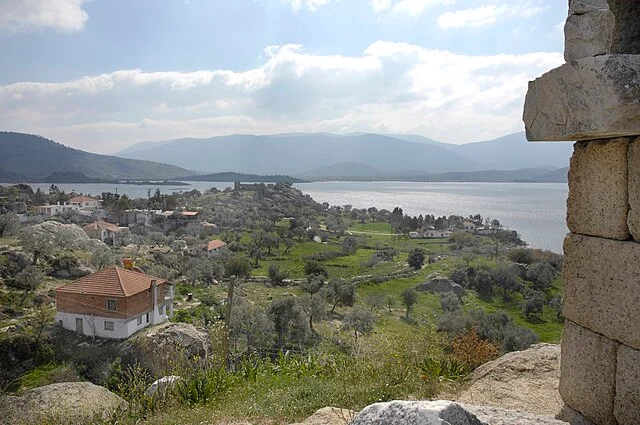Heraclea at Latmus was an ancient Greek city located in Caria, near the western coast of modern-day Turkey. Founded in the 4th century BC, the city held strategic importance due to its location by Mount Latmus, now Beşparmak Dağları, and the Latmian Gulf, which has since silted up, becoming Lake Bafa. Heraclea at Latmus played a significant role in the Hellenistic period and offers valuable insights into ancient Greek urban planning, trade, and culture.
Get your dose of History via Email
Foundation and Early History
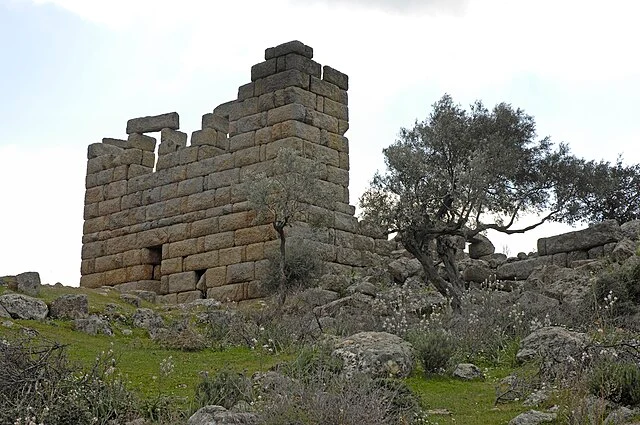
Heraclea at Latmus was initially known as Latmus. It was established by the Leleges, an indigenous people of the region. The city gained prominence after it was refounded as Heraclea by the Carian king, Mausolus, around 350 BC. The renaming honored Heracles, a mythological hero linked to the city. Under Mausolus, Heraclea became a fortified city and expanded its influence.
The Hellenistic Period
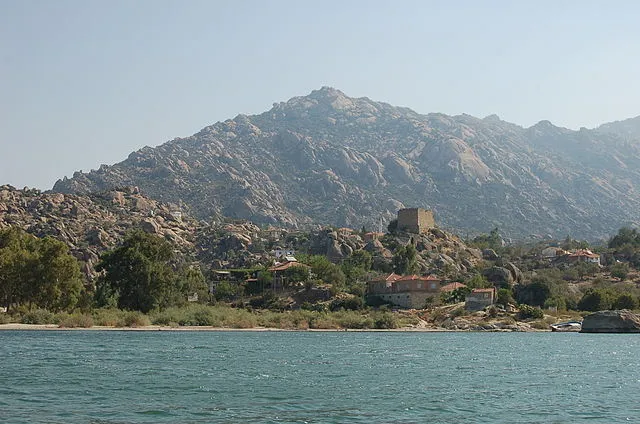
Heraclea at Latmus reached its zenith during the Hellenistic period. The city’s location near the Latmian Gulf made it a key player in regional trade. Heraclea minted its own coins, indicating its economic autonomy and significance. The city maintained political alliances through the period, although it often found itself caught between larger powers like the Seleucid and Ptolemaic empires.
Architectural and Urban Development
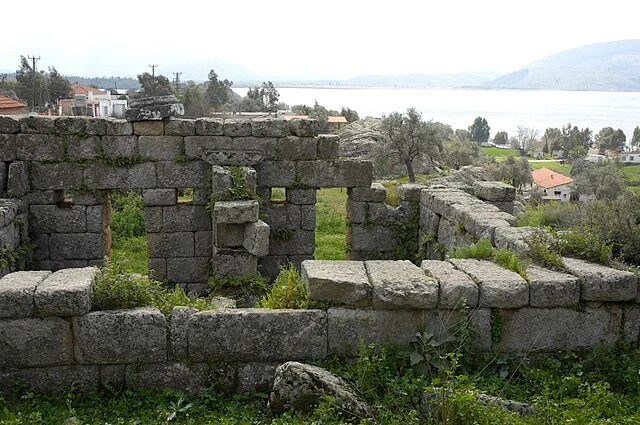
Heraclea at Latmus is renowned for its well-preserved fortifications and city planning. The city walls, built with large polygonal blocks, demonstrate advanced engineering skills. The walls extended for several kilometers and included towers and gates, providing strong defense. Inside the city, archaeologists have uncovered remnants of houses, public buildings, and temples. The Temple of Athena, located on the acropolis, was a central place of worship, reflecting the city’s religious practices.
Roman and Byzantine Influence
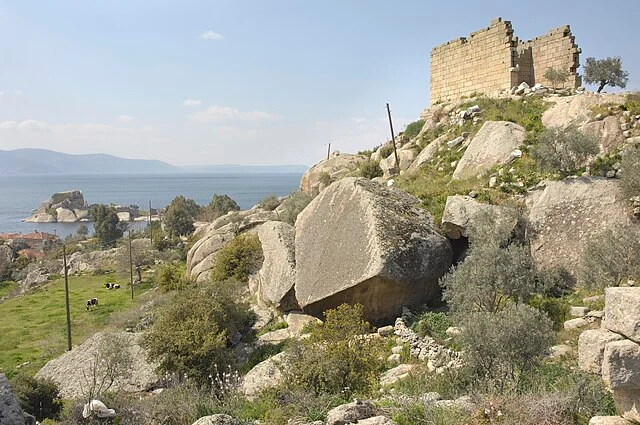
Heraclea at Latmus continued to thrive under Roman rule. However, its importance waned as the Latmian Gulf silted up, cutting off access to the sea. By the Byzantine period, the city had declined significantly, though it remained a religious center. The surrounding area became a monastic site, with monks settling in caves on Mount Latmus. The nearby Church of the Dormition, adorned with frescoes, reflects the region’s Christian heritage.
Archaeological Discoveries and Current Research
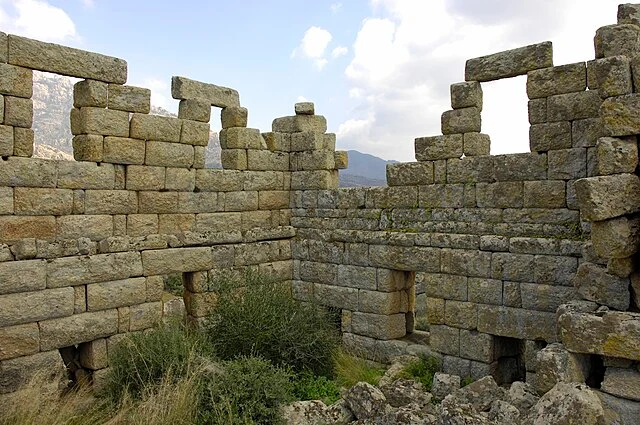
Archaeological research at Heraclea at Latmus began in the 19th century and continues today. Excavations have revealed significant findings, including inscriptions, pottery, and everyday artifacts. These discoveries provide insights into the daily life and economy of the ancient city. Additionally, recent studies have focused on the environmental changes that led to the silting of the Latmian Gulf. Understanding these shifts offers valuable information on the city’s decline and abandonment.
Conclusion
Heraclea at Latmus stands as a testament to the cultural and historical richness of ancient Caria. The city’s strategic location, impressive fortifications, and enduring legacy through various historical periods make it a vital site for understanding the ancient world. Ongoing archaeological work continues to uncover the mysteries of Heraclea, offering new perspectives on its role in history.
Heraclea at Latmus is not just a ruin; it is a key to understanding the complexities of ancient Greek and Roman societies, their economies, and their interactions with the environment.
Source:

